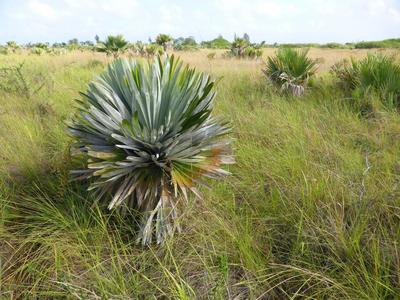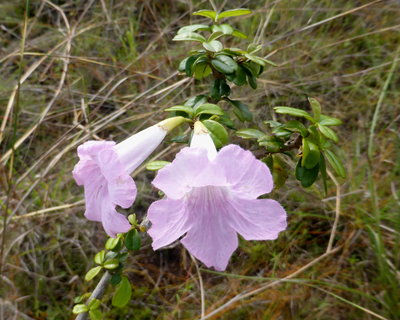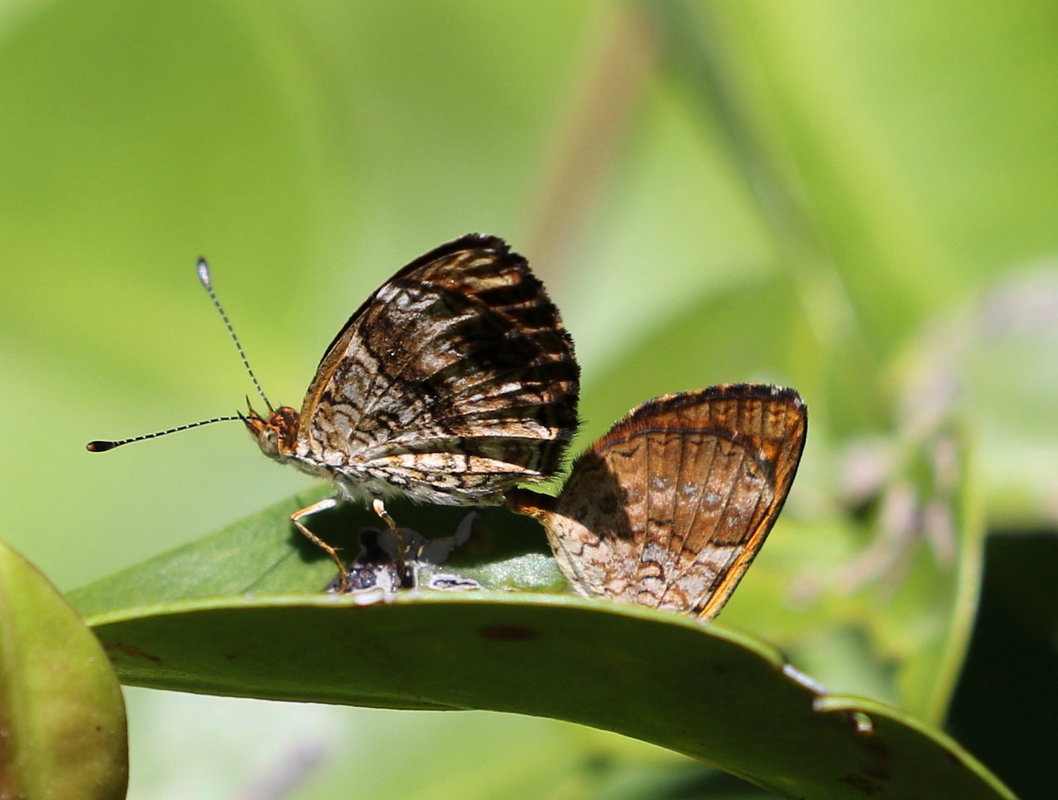|
When we arrived at breakfast this morning we were asked by Miriam, the lady of the casa, if we had heard about Matthew. I replied that I didn't know Matthew to which she laughed and suggested we ought to watch the TV which was set to a news channel. We were soon introduced to the fact that a Cat 4 Hurricane named Matthew was currently on course to hit eastern Cuba in a few days time. The picture below shows the dozen or so most likely routes that the hurricane would take according to the Cuban weatherman. We got chatting to another English-speaking Cuban guest who asked where we were going today. When we said that we were going back to our hotel near Guardalavaca this afternoon he laughed heartily and said that was a very bad idea and that we should stay here for a few days. Guardalavaca Is on the north coast right in the centre of the predicted tracks of the hurricane. Staying at Camagüey was not an option for several reasons so we continued with our plan to have the morning exploring locally with Douglas and then return to Guardalavaca. Could get interesting... We set out to explore another area of savanna grassland at Maraguán. It took a little finding but we were directed to a track leading to the right of Hotel Maraguán. This area was hillier than the grassland we visited yesterday but definitely looked worth exploring and our taxi driver willingly drove along the track and parked in the shade of a tree. The best finds here were several Nanus Skipperling Oarisma nanus, Mexican Fritillary Euptoieta hegesia, Cuban Broken-dash Wallengrenia misera and two larvae of Orbis Sulphur Phoebis orbis feeding on Caesalpinia bahamensis. We've still never seen the adults but we live in hope.
0 Comments
We left the savanna late morning and set off to the Reserva Ecológica Limones-Tuabaquey in the Sierra Cubitas. We stopped in the car-park there and ate our packed lunch. There were a few butterflies including a Mexican Sailor Dynamine postverta which Doug had seen here once before two or three years ago. These are the only two records from the centre of the island. We paid the small entrance fee and picked up our guide for the afternoon before setting off along the main track. A Cuban Peewee flitted from one side of the track to the other and further along there in a clearing there was a group of American warblers busily feeding. I saw Cape May, Black-throated Green, Black-throated Blue, Parula and Palm Warbler all within the space of a couple of minutes - a great start to the afternoon. A Cuban Trogon was calling not far away. There was a few White Peacock Anartia jatrophae and our first Malachite Siproeta stelenes of the trip. On the reptile front I still can't identify this anole but when a snake shot across the path I knew straight away that it was a Cuban Lesser Racer Caraiba andreae as the black and white coloration is distinctive. There are no dangerous snakes in Cuba so its safe to approach any for photos. Several large fallen leaves of Cecropia got us looking upwards to locate the tree and as we found it a Stinky Leafwing Historis odius, probably a female, flew around the top before disappearing. Doug the spotted a small Cecropia tree only 6ft tall and found several small Mosaic Colobura dirce larvae. The feeding damage was an immediate giveaway, the larvae feeding on the leaf tissue but leaving the veins untouched and on which they would rest on the underside. When larger they chew through the bases of the main ribs of a leaf causing the leaflets to hang down forming a shelter under which the larvae live gregariously. But the best find of all was a complete surprise and not a butterfly but a mammal. On a small limestone cliff not far from the path were a family party of Jutía. Whether these were the same species as we had seen at Guardalavaca four days previously I'm not sure (possibly Desmarest's Jutía Capromys pilorides) but they were certainly rather more photogenic, though if I got too close they would disappear back into the holes in the rocks. What a great day - and Doug had never seen a Jutía before!
The endemic Cuban Yellow Eurema amelia is a rare butterfly and has been found in only a few locations in Cuba. It is probably commonest in the area of laterite savanna grasslands near Albaiza, Camagüey. It often flies with Smudged Yellow Eurema lucina which looks very similar in flight so you have to wait till it settles to see the yellow underwings. The area has been farmed in the past and has held pigs but there was no sign of grazing when we visited though it is all fenced. The land contains high levels of heavy metals we are told so perhaps that is why it is no longer farmed. The grassland is scattered with occasional palms and some thorny scrub that contained small pink flowers, and the occasional pool. We soon saw Eufala Skipper Lerodea eufala and then the first Cuban Yellow Eurema amelia. Unfortunately as I watched a robber fly snatched it in flight with its powerful legs and then proceeded to suck out its insides – it’s a dangerous world! One of the other specialities here is Common Buckeye Junonia coenia. This is the rarest of the three Junonia and was new for us. Douglas also showed us the foodplant Tabebuia trachycarpa. We watched a De Villiers’ Swallowtail Battus devilliers ovipositing on an Aristolochia passiflorifolia vine and when examining the plant Doug found several eggs and larvae of different sizes. Later a pair in cop allowed me at last to see them settled and close up. We also saw two Monk Skipper Asbolis capucinus, four Nanus Skipperling Oarisma nanus and a Ceraunus Blue Hemiargus ceraunus larva. A great morning spent in a very special place.
There are several special butterflies to be found in the countryside near where our friend Douglas lives in Camagüey so we had planned to spend a few days away from the hotel and travel to the centre of the island to visit Douglas and his family and take him out to places that he knows of interest nearby. We had investigated hiring a car for three days and, although there is a car hire desk at the hotel, when we enquired last week if we could book a car in advance for three days this all seemed far too complicated to the chap behind the desk. Rarely do things run smoothly in Cuba but that is half the charm of the place. So we abandoned that idea and arranged for Michael with his blue taxi to take us. We arrived at Camagüey just after lunch and spent the afternoon with Doug, his wife Noris and their boys. The garden is planted with a wide range of larval hostplants including several species of Aristolochia which are used by several Swallowtail species. Doug showed us a Tropical Chequered Skipper Burnsius oileus larva and another of Cassius Blue Leptotes cassius being attended by two ants. We managed to see 34 butterfly species today around the hotel and the most notable was a pair of Antillean Crescent Antillea pelops in cop. - the first time we have seen this. They wouldn't allow a close approach so any shots I got were taken at some distance. Other than that we saw Black and Yellow-crowned Night Herons along with the first Tricolored Heron of the holiday at the lagoon. And 6 Gray Kingbirds were new arrivals from the north.
|
Welcome to our Blog
Here we will post interesting news about what we and others have seen in Cuba. Archives
July 2024
Categories |

















































 RSS Feed
RSS Feed